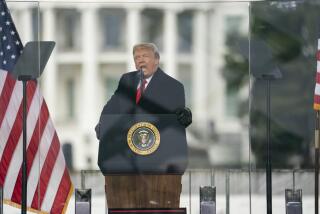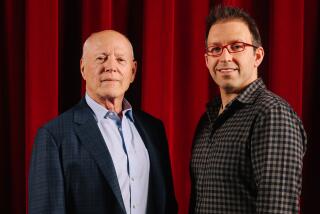What’s Up Their Sleeve? Our Eagerness to Be Gulled
In 1925, Count Victor Lustig, who wasn’t a count at all but one of the great confidence men of the 20th century, managed to sell the Eiffel Tower. Twice.
His fraud was a masterpiece of presentation. He advertised himself as a representative of France’s “Ministry of Mail and Telegraphs,” then arranged a meeting of scrap-iron dealers in a Paris hotel. The French government, he informed his audience, was in a delicate bind. The Eiffel Tower had catastrophic structural problems and was going to be pulled down. But fearful of public outcry, the government had decided to keep these plans secret until a demolition contract had been finalized and the administration could boast of the savings to the taxpayers.
The dealers salivated. Determining the most likely sucker among his eager prey, Lustig quietly promised him a contract in return for a fat bribe, pocketed the money, repaired to Vienna and waited for the scandal to erupt.
It didn’t. The scrap dealer was so ashamed that he didn’t breathe a word to reporters or file a complaint with authorities. Lustig returned to Paris, contacted a second dealer who had also heard his pitch, solicited another bribe and left town again.
*
The most insidious part of any confidence game is not its outrageous claims but its appeal to the needs of its potential victims. Lustig’s con was typical of many famous swindles, in which the victim ends up so humiliated -- so complicit -- that the crime is never reported. Once the scrap dealer let his greed overcome him and committed to paying the bribe, it became, in his mind, his very own confidence game. The dealer deceived himself.
Like any magic trick, it sounds ridiculously simple and preposterously unimpressive -- but that’s because the real art of deception lies in understanding how subtle touches and preconceptions can be twisted in the minds of victim or viewer.
Professional magicians are the only honest deceivers. They tell you that you’re going to be fooled and then deliver on that promise. I’ve worked with professional magicians for years, developing deceptions for them and researching the art’s lost secrets. This has led me to consider deception as a larger subject. I can assure you, any successful deception requires a cooperative audience.
It’s not as simple as finding stupid people who are willing to accept what they’re told or happy to overlook obvious clues. The key is finding smart people who bring a lot to the table -- cultural experience, shared expectations, preconceptions. The more they bring, the more there is to work with, and the easier it is to get the audience to make allowances -- to reach the “right” conclusion and unwittingly participate in the deception.
That’s why a career in academia or scientific study doesn’t make someone less susceptible to trickery -- it simply offers another belief system to be exploited. Over the years, a number of talented scientists have attempted to study psychic phenomena and been deceived by embarrassingly simple tricks. Their knowledge of the scientific method has been twisted to work against them, like jujitsu.
Deception may require complicity, but a little disorientation helps as well. Lee Siegel, a professor of religion at the University of Hawaii, studied with Indian street fakirs, documenting their techniques for his book, “Net of Magic.” Siegel once explained to me that Indian sleight-of-hand artists had a simple game: They get their audiences to laugh, then tap into another emotion, fear. Once frightened, their marks were ripe to be sold whatever promised to soothe their fear. For a fakir working a New Delhi street corner, this meant seducing passersby with disarming jokes, then suddenly frightening them with a bloody trick injury to, say, a child, followed by the pitch: The fakir’s amulets and rings would assure a happy ending. As often as not, the need for comfort will overrule reason.
And this formula isn’t out of place on Madison Avenue or the campaign trail. Charm them, then pull the rug out from under them: “Your house isn’t as clean as your neighbor’s house”; “That candidate is menacing your way of life.” Finally, with the victim rattled and looking for a way to make things right, the “sale” can quickly be closed.
That’s why, unlike ferreting out a simple lie, it’s tough to pass judgment on the salesman or politician who plays on our fears, then delivers the fatherly, and false, embrace of his protection.
Magicians see the nobility of deception because they recognize that it can be innocently used to create an uplifting feeling of entertaining amazement. But it’s a fine line between the careful secrets of a magic show and the deceptions that may be useful in the hard-boiled world of commerce and politics.
As the old saying starts, “Fool me once, shame on you....” Trust me, lying is for amateurs. The experts will only fool you because you’re asking for it.
Jim Steinmeyer is the author of “Hiding the Elephant: How Magicians Invented the Impossible and Learned to Disappear” (Carroll and Graf, 2003).
More to Read
Sign up for Essential California
The most important California stories and recommendations in your inbox every morning.
You may occasionally receive promotional content from the Los Angeles Times.










